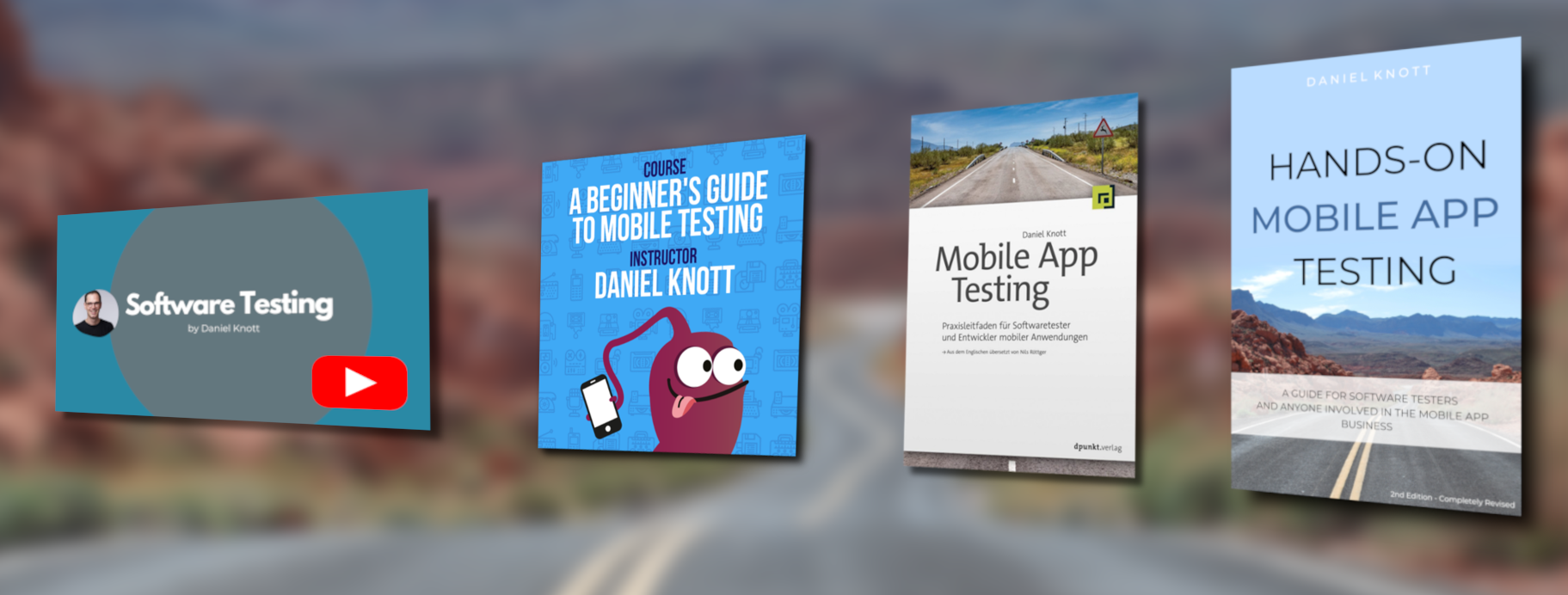During the development process of mobile apps manual and automated testing is highly recommended. But there is another test you should do before releasing or submitting your app to a store. Testing the update procedure! Testing the update procedure from the current store version to the new release candidate is really important and it is often not done by developers or QA experts. With this test you verify, that the new app is not affecting the old installed version. Here are three facts that will be covered with that test.
Test that the update…
- … will not logout a user from the app e.g. before the update he was logged in.
- … will not affect the local database e.g. existing data will not be modified or deleted.
- … will be installed correctly from the store (simulation).
You can also test the update from far older versions to the latest one, to see what is happening.
For the two big players Android and iPhone I will describe, how to test the update from one version to another using different tools.
iOS
On the iOS side there are two ways of testing the update procedure. The first one can be done with iTunes. See also the Technical Note TN2285 from Apple.
- Build an adhoc app version of the app that is currently live in iTunes store. HINT: This version must have the same bundle identifier as the new app.
- Be sure that no older versions of the app are installed within iTunes and on your test iOS device (Sync with iTunes to be sure).
- Drag the app from step 1 into iTunes and sync the version to your test device.
- Launch the app and do some manual testing to see that the app is working.
- Build the new release candidate version of the app and drag it to iTunes and sync to the device. iTunes should confirm, that the older version will be removed. HINT: DO NOT delete the old build! In the next step iTunes will install the new app over the old one and will simulate the update from the app store.
- Launch the new version and see if everything is ok.
The second way of testing the update procedure for iOS is using the iPhone Configuration Utility. Using this tool is more comfortable, especially if you want to test the update procedure on more iOS test devices like iPhone 3G, iPhone 3GS, iPhone 4(S), iPhone 5 or iPads.
- Build an adhoc app version of the app that is currently live in iTunes store. HINT: This version must have the same bundle identifier as the new app.
- Be sure that no older versions of the app are installed on the test device.
- Install the app from step 1 to the devices you want to check.
- Launch the app and do some manual testing to see that the app is working.
- Build the new release candidate version of the app and install it with the tool. The update procedure will be simulated.
- Launch the new version and see if everything is ok.
Android
The same can be done also on the Android side. To test the update for Android you can use adb to simulate the procedure.
- Install the current Google Play store version of your app to your phone.
- Check that the version is working.
- Build a release candidate of the Android app. HINT: Be sure to sign the release candidate with the Play store keystore.
- Use the following command to test the update procedure:
./adb install -r APPNAME.apk. The option -r means reinstall the app and keeping its data. - The new version is now installed and can be tested.
That’s it! Try it for your next release!
Greets!
